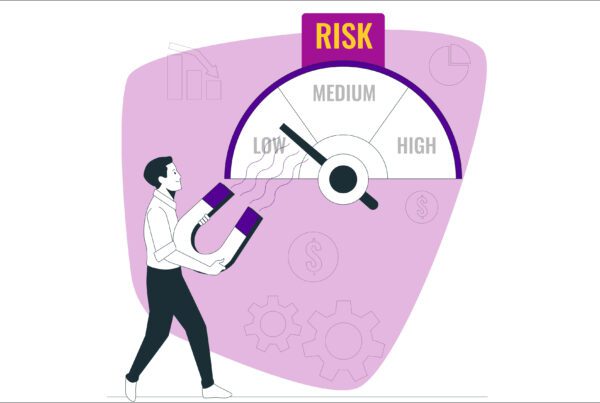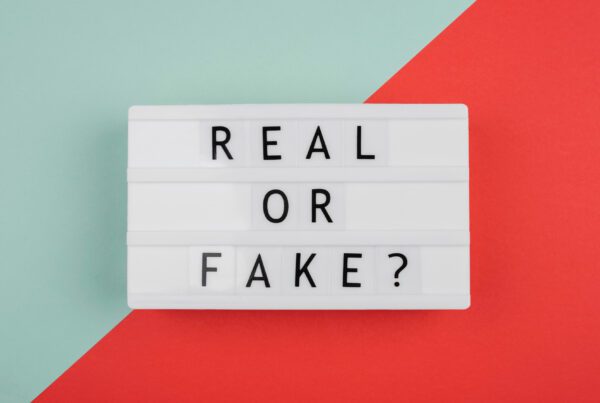Marketers are required to take proactive Brand Safety measures ensuring their ads are placed on relevant channels.
Video is the future of content. Brands are globally spending anywhere between the range of 8-15% of their total advertising spend on video advertising, depending on the geo-market we are talking about. Irrespective of how much is being spent, there are no two opinions about video being the fastest-growing medium of advertising. The majority of these videos, including ads, are being consumed over YouTube – the default internet video place. It has over 1.8 billion active monthly subscribers, which continues to grow.
While in Performance Marketing, most of the focus of advertisers is on the types of ad fraud like BOTs, fake traffic, and behavior. However, there is also a need to introspect how it is tarnishing the reputation of a brand. mFilterIt has been advocating for some time about the interlinkages of Ad-Fraud and Brand Safety. Today, let’s exhibit an insight that helps to understand how grave the issue is.
A Brand Safety audit was carried out for a leading platform in the entertainment domain. The top 500 YouTube channels were analyzed where the ads regarding the entertainment app were served. The results were astonishing keeping in mind that the advertiser is among the few leading players in the industry using all cutting-edge technology to stay ahead of the curve.
Almost 1 out of 3 ads (30%) were consumed over YouTube channels which were ‘unsafe’ for the brand. There were also some invalid channels (2%), which would only result in wasting of marketing spend. The most damaging part was of ads being served over ‘unsafe’ channels; channels that did not identify with the philosophy, reputation, and beliefs of the brand.
mFilterIt categorizes ‘unsafe’ channels into Prohibited, Sensitive, Conflicting, and Contentious categories based on the type of content the channel carries. For instance, in this specific case, the ads were served on a channel that was promoting superstition along with other unscientific beliefs, which directly conflicted with the positioning of the marketing brand.
In this case, the brand wanted to ensure that it stayed apolitical. However, its ads were served on some channels that either belonged to a particular political party or were promoting a certain definite political ideology. This would fall under the contentious category of unsafe video ads.
Similarly, several marketers face this enormously increasing challenge which comes in their way of effectively using video platforms like YouTube advertising platforms adhering to the brand policies defining the image and reputation of the brand.
Underperformance pressure, affiliates push ads to high-traffic channels, which not only results in the unproductive burning of marketing spend but also creates a situation where brands could eventually be required to implement crisis management measures. Even if these are highly sophisticated, they won’t result in 100% recovery of the brand image or reputation.
For effective video advertising, brands need to have a holistic Brand Safety solution which can be enforced by a tool giving more control over the way the brand is represented over any form including videos.
Examples of unsafe channels
Conflicting: http://youtube.com/channel/UCB6Kcs76B4Jaiih-NRVntHA
Contentious: https://www.youtube.com/channel/UC6ZEaf32feEZYK7jwLyNU0Q
Prohibited: http://youtube.com/channel/UCuQoHgzcFLwPib9NU4quPIw
Sensitive: http://youtube.com/channel/UCo1FB2i8t5qIX6bgM6A2dbQ





